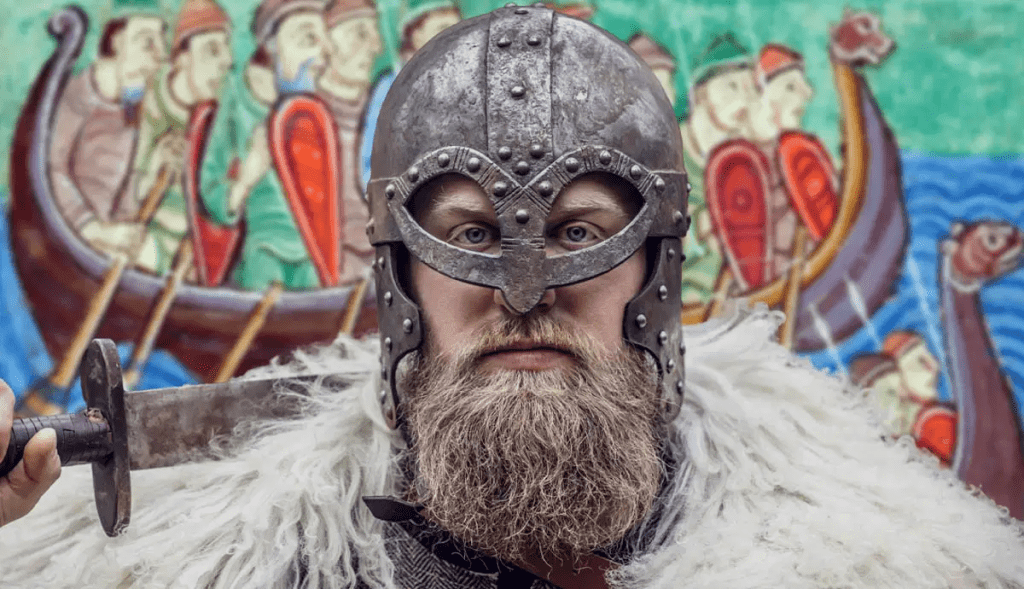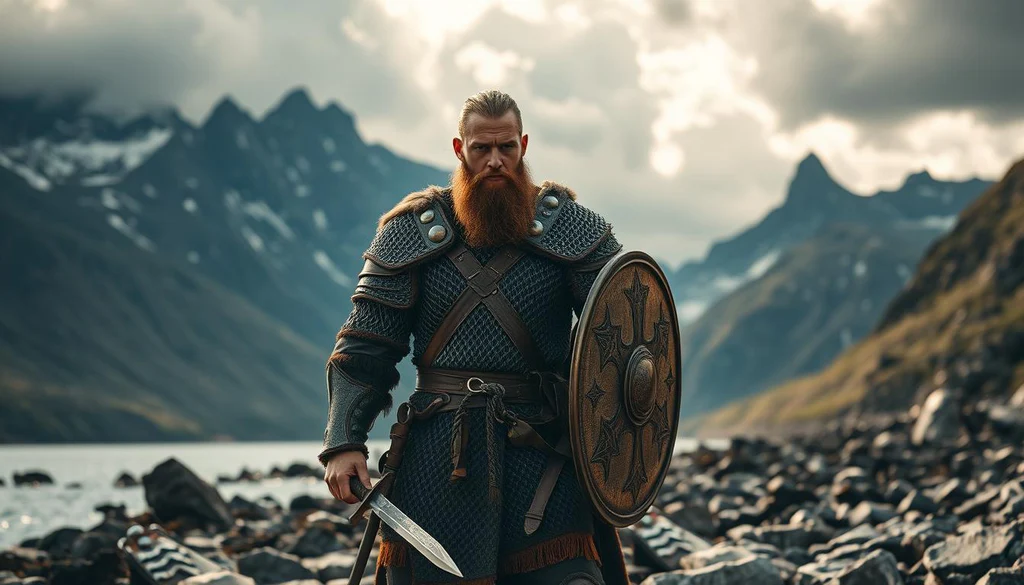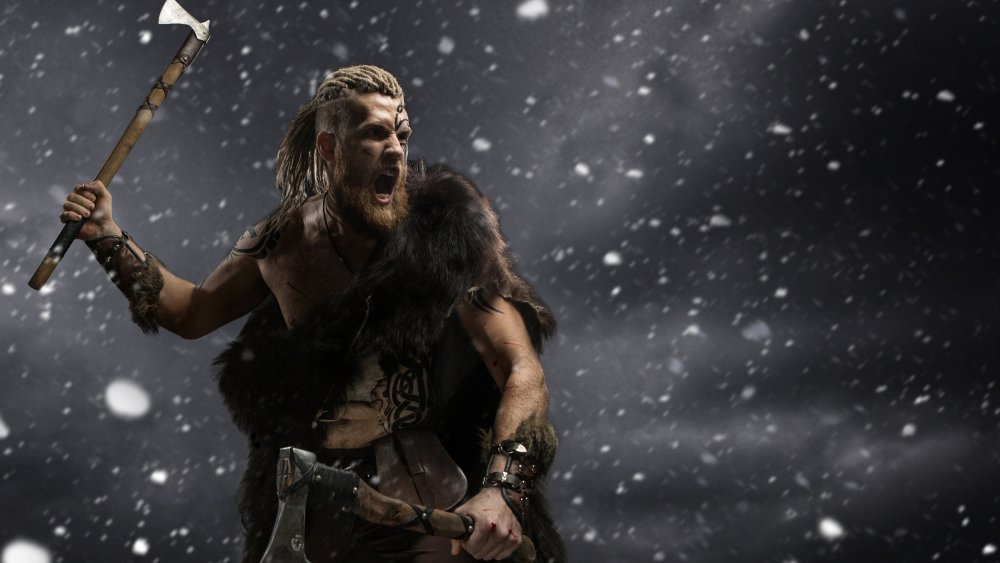In the chilling winds of 865 CE, the coasts of England faced a storm not from nature, but from the North. With longships slicing through the cold waters, the Great Heathen Army landed on English shores. At the helm of this legendary force stood a name that echoed across time Ivar the Boneless. Ruthless, brilliant, and driven by vengeance, Ivar’s campaign was more than conquest. It was personal.

Who Was Ivar the Boneless?
Ivar Ragnarsson, better known as Ivar the Boneless, was a feared Viking leader and the son of the legendary warrior Ragnar Lothbrok. His nickname has puzzled historians for centuries. Some believe “Boneless” referred to a medical condition like brittle bones or a lack of bone structure, while others argue it was poetic a metaphor for snake-like flexibility or fearlessness in battle.

Whatever the origin, one thing is certain: Ivar was no ordinary Viking. He was strategic, charismatic, and completely unrelenting.
Video:
The Cursed Heathen | Ivar the Boneless King of all Norsemen
The Death That Sparked a War
Legend says that Ragnar Lothbrok met his end in a pit of snakes, executed by the Anglo-Saxon king Ælla of Northumbria. Upon hearing of his father’s brutal death, Ivar reportedly vowed revenge so epic that it would shake kingdoms.
True to that vow, Ivar didn’t simply launch a raid he gathered an army of unprecedented scale. This was no band of pirates. It was a professional, coordinated force ready to change the fate of England.

The Great Heathen Army Arrives
In 865 CE, Ivar and his brothers led the Great Heathen Army into Anglo-Saxon territory. Their target? The kingdom of Northumbria and its capital city York.
York was a wealthy, fortified center of power. But Ivar’s tactics were superior. He didn’t just charge in with brute force. He laid siege, waited for weakness, and struck when the time was right. The Northumbrians were caught off guard, their leadership divided. The result: Ivar’s army captured York with surgical precision.
This wasn’t just a win it was a turning point.

From Revenge to Rule
With York under his control, Ivar didn’t retreat like many Viking raiders had done in the past. He stayed. The city became a Viking stronghold, and with it, the beginning of Danelaw the Norse-controlled region of England.
Ivar established governance, trade, and military dominance. He didn’t simply burn villages and leave; he changed the political landscape. Norse influence spread through the region, mingling with Anglo-Saxon culture and leaving permanent marks on language, law, and even place names.
Video:
The Real Ivar The Boneless // Vikings Documentary
Legacy of a Warrior King
Ivar’s story doesn’t end with York. After his conquest, he continued campaigns in Mercia and East Anglia, carving a Viking footprint deep into the English soil. His reign was marked by cruelty to enemies but also respect from allies and fear from foes.
Today, the story of Ivar the Boneless lives on in history books, sagas, and even modern TV shows. He is remembered not just as a warrior, but as a symbol of revenge executed with cunning and precision.

The Viking Imprint on England
The events of 865 CE weren’t just a footnote they were a chapter that changed England’s destiny. Ivar’s leadership ushered in decades of Norse rule and integration, influencing the country’s development in ways still felt today.
So when we talk about Viking invasions, let’s not just imagine helmets and axes. Let’s remember the brains behind the brawn. Let’s remember Ivar the Boneless the vengeful son who turned grief into empire.


